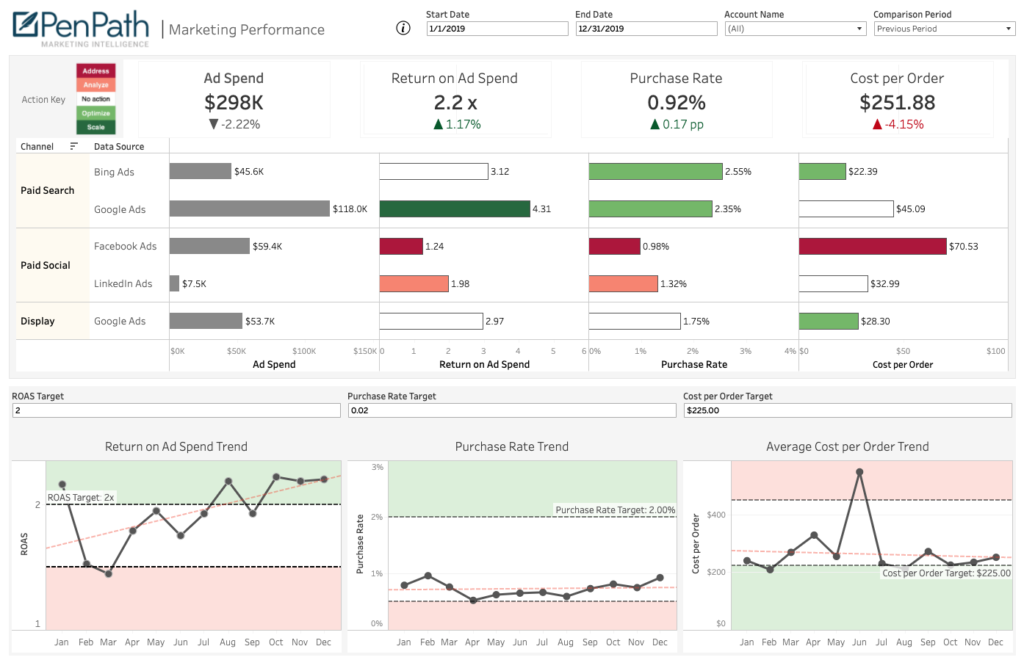
So why not include the necessary details inside the dashboards, neatly tucked away but readily accessible next to the data they’re related to? One option is to use Custom Shapes to create an info icon with a dummy metric anywhere on the dashboard and add a tooltip to provide users with essential background on the data they’re looking at.

Sure, you can refer them to documentation and maintain a working environment where they feel comfortable asking more experienced colleagues for help - but we’re here to make things quick and easy. The unique logic of an organization’s reporting processes can make it difficult to remember every relevant detail, especially when analysts need to work on multiple dashboards or when a new user is still in going through onboarding. Promote Understanding with Info Icons and Overlays Although the Comments pane is limited in its focus to a complete view and doesn’t give you the option to directly annotate specific data points, you can still share interactive snapshots of data in the discussion - already a big step towards cutting down on the time spent hopping in and out of Tableau to collaborate on dashboard content.Ĥ.

A core Tableau feature since version 10.4, it enables users in your active directory to discuss views and tag and notify each other to make sure messages relevant to specific team members don’t get lost or ignored. Let’s start with a couple things you can natively do in Tableau to facilitate communication about dashboard content.Ĭommenting on a view is the simplest way to start a conversation about - and inside - a dashboard.

We hope you will use them as jumping-off points to come up with solutions to tailor Tableau to your team’s needs. Here are 10 practical tips - five readily applicable in basic Tableau, five relying on write-back extensions - that will help you identify and create opportunities to make collaborative insight discovery easier and more rewarding.


 0 kommentar(er)
0 kommentar(er)
